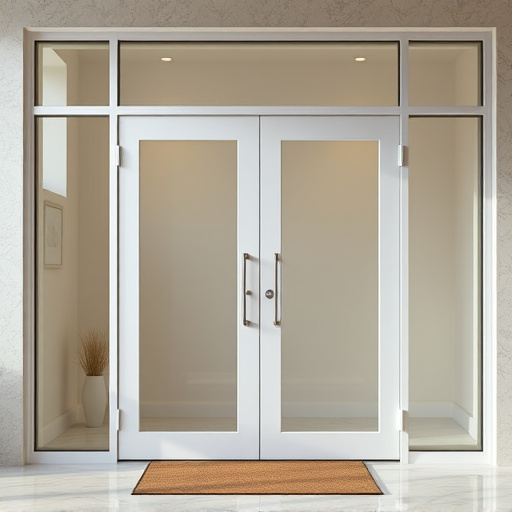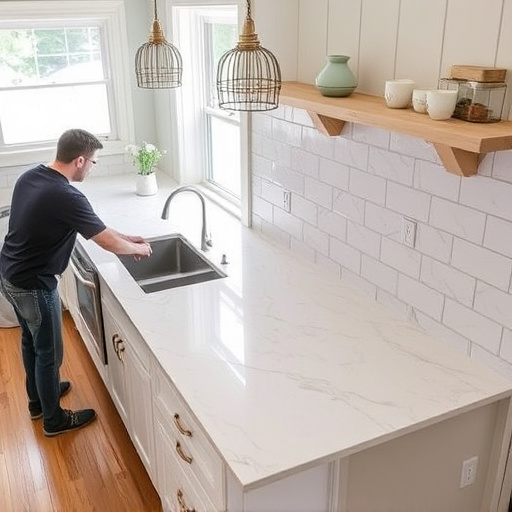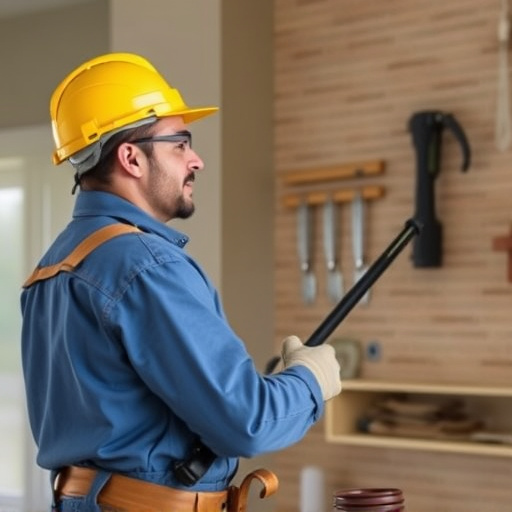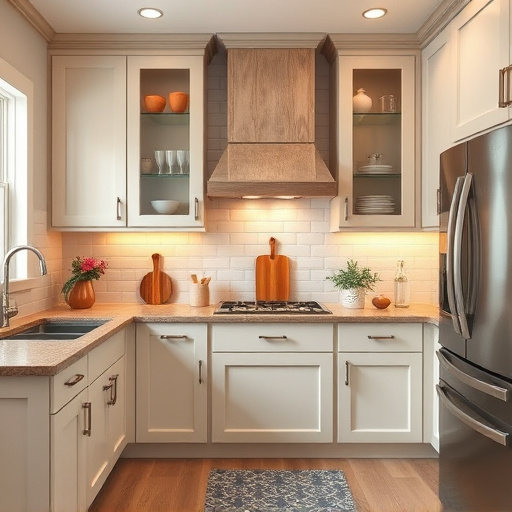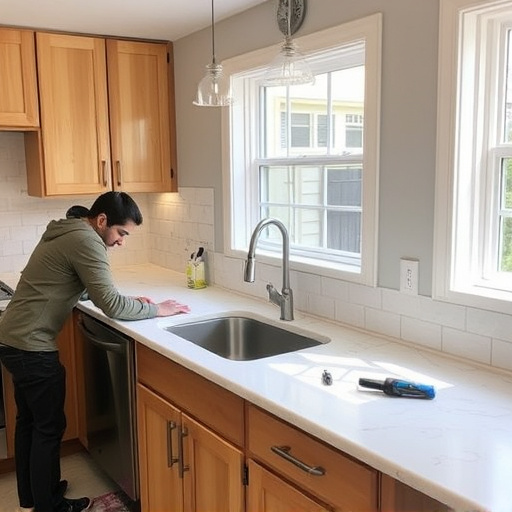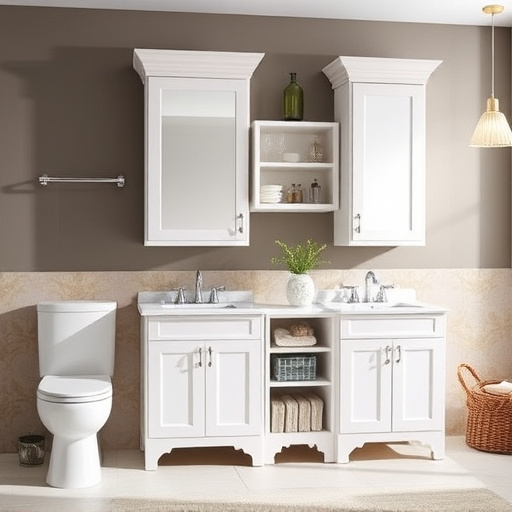Neutral flooring colors maximize visual appeal in smaller spaces, mimic additional room by reflecting light, and allow for easy integration of accent pieces. Patterns and textures add aesthetic interest, while custom designs offer versatility and character. High-quality, lightweight materials like bamboo or engineered hardwood enhance aesthetics, create an illusion of openness, and integrate seamlessly with interior design plans.
Elevate your space with clever flooring design choices that maximize visual appeal and open up your floors’ potential. In this article, we explore three key strategies: embracing neutral color palettes to create an airy atmosphere, integrating patterns and textures for added depth without clutter, and selecting high-quality, lightweight materials that enhance both functionality and aesthetics. Discover how these simple yet effective tactics can transform your living areas into serene oases of design harmony.
- Choosing Neutral Colors for Space Maximization
- Patterns and Textures: Adding Depth Without Clutter
- Opting for High-Quality, Lightweight Materials
Choosing Neutral Colors for Space Maximization
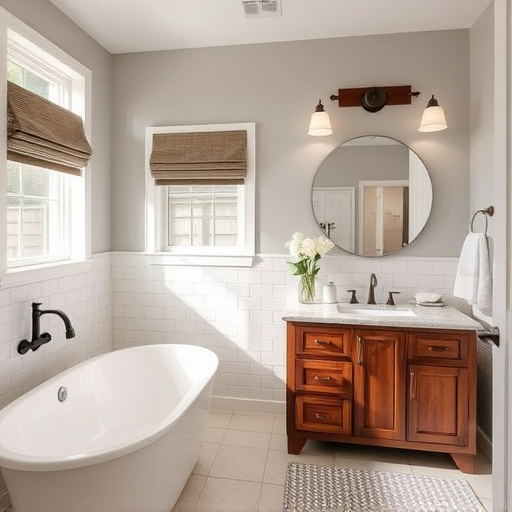
When considering flooring design choices for a space that prioritizes visual maximization, neutral colors are your best friends. Opting for shades like beige, grey, or even white allows for a sense of openness and continuity in the room. This is particularly beneficial for smaller areas, as light-colored floors can create an illusion of extra space by reflecting available light back into the environment. In residential renovations or renovation services, this trick has proven effective in transforming tight spaces into more expansive and inviting areas.
Avoid stark contrasts or bold patterns on your flooring to steer clear of visual clutter. Instead, focus on smooth transitions between floors and walls for a seamless look that emphasizes space. Neutral colors also offer the flexibility to easily incorporate accent pieces or vibrant furniture without overpowering the overall design. This adaptability is key in achieving a floor plan that maximizes visual space while still allowing for personal expression through decor choices.
Patterns and Textures: Adding Depth Without Clutter
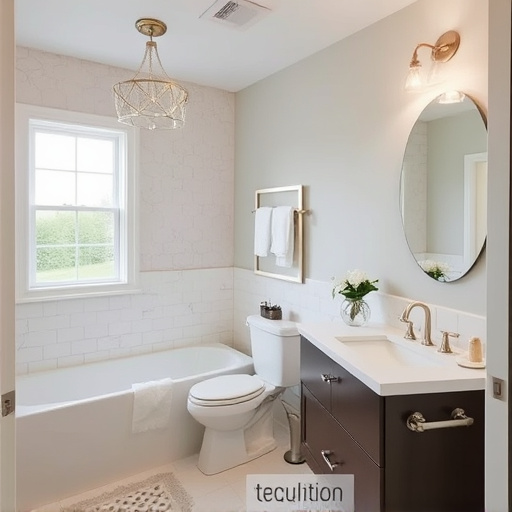
Patterns and textures play a crucial role in flooring design, offering an opportunity to add depth and visual interest without overwhelming a space. When incorporated thoughtfully, they can enhance the overall aesthetic, making a room feel more inviting and sophisticated. For instance, subtle geometric patterns or organic swirls can create a visually appealing floor that seamlessly blends with surrounding decor. Textures, from matte to glossy finishes, add another dimension, allowing for creative contrast against furniture and accessories.
In a multiple room remodel or home renovation project, custom flooring design becomes an art form. Each space may call for a unique approach—from the cozy, textural warmth in bedrooms to the sleek, pattern-rich floors in living areas. Customized home renovations benefit from this versatility, ensuring each room feels distinct yet connected through a cohesive flooring design language that maximizes visual appeal and defines the character of the home.
Opting for High-Quality, Lightweight Materials
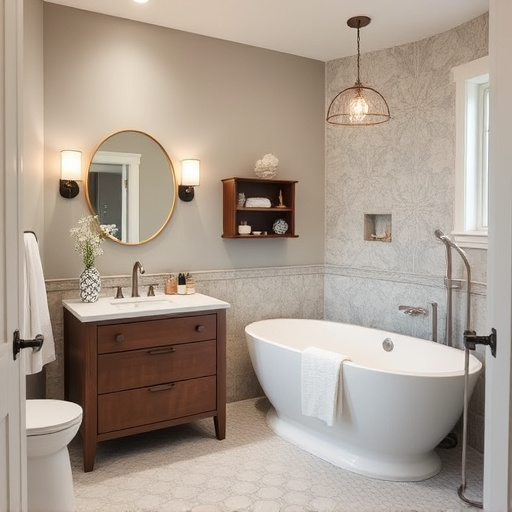
When it comes to flooring design choices, selecting high-quality, lightweight materials can significantly enhance the visual appeal and overall aesthetics of any space. This is particularly beneficial for homeowners looking to maximize their flooring design potential during a home remodeling project. By choosing lightweight options like bamboo or engineered hardwood, you create an illusion of openness, making smaller rooms appear larger. These materials offer both durability and versatility, allowing you to achieve stunning interior designs while maintaining functionality.
Moreover, incorporating lightweight flooring into your interior painting and bathroom remodel plans can provide a seamless transition between different areas. This continuity not only contributes to a cohesive look but also makes the space feel more expansive. With their ability to reflect light and create a sense of depth, lightweight materials are an excellent choice for those seeking to optimize visual space in both contemporary and traditional settings.
In conclusion, optimal flooring design involves a thoughtful blend of neutral colors, strategic pattern integration, and the selection of lightweight, high-quality materials. By adopting these principles, you can maximize visual space, create an elegant aesthetic, and ensure your flooring enhances – not overpowers – the overall interior design. These choices allow for a visually appealing, harmonious space that’s both inviting and practical. Implement these strategies to elevate your flooring design and transform any room into a stunning, spacious oasis.
